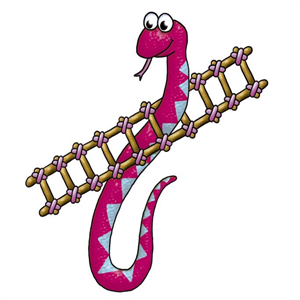
Näyttökuvat:
Kuvaus
Snakes and Ladders is an ancient Indian board game regarded today as a worldwide classic. It is played between two or more players on a gameboard having numbered squares. Several "ladders" and "snakes" are pictured on the board, each connecting two specific board squares.
This game can be player by minimum 2 and maximum 4 players. The names of players should be mention in first screen.
1) The objective of the game is to be the first player to reach the end by moving across the board from square one to the final square. Follow the numbers on the board to see how to move forward. Here, we have implemented ‘roll the dice’ feature by pressing the colour button. For example, if you got a five and you were on space number 11, then you would move your game piece to space number 16. 2) Press the highlighted button to get dice value and move piece - Take your turn, press the highlighted button and read the number that you got. Here we have shown, highlighted button for the next move piece. Pick up your game piece and move forward that number of spaces. 3) The ladders on the game board allow you to move upwards and get ahead faster. If you land exactly on a square that shows an image of the bottom of a ladder, then you may move your game piece all the way up to the square at the top of the ladder. 4) If you land exactly at the top of a snake or chute, slide your game piece all the way to the square at the bottom of the snake or chute. 5) As per game rule, if you got a six, then you get an extra turn. First, roll the die again, if we get another six, roll the dice again. If you keep rolling sixes, you can keep moving. But if we get 3 sixes, then it will be treated as zero. Here we have implemented this internally and we need not click the button again, if we get a six. You will get the move value in dice image. 6) Land exactly on the last square to win. The first person to reach the highest square (100) on the board wins. You can only win by getting the exact number needed to land on the last square. Let’s say you are at 98, and we get 3 or more then the piece will bounce back to 98.

